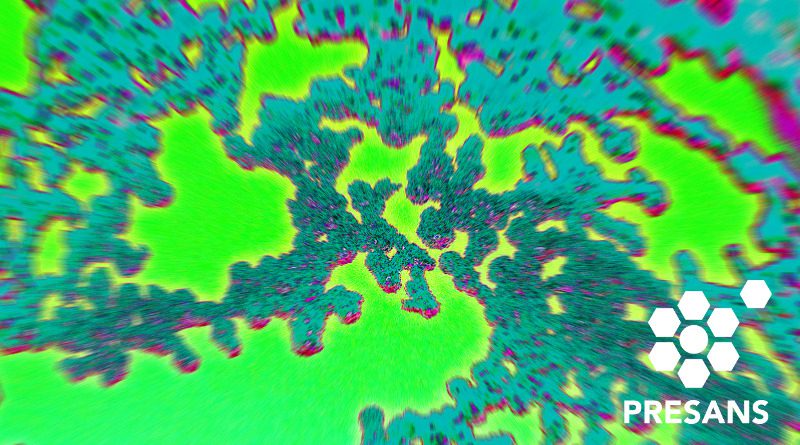This technological note on 3D printing and additive manufacturing summarizes what our Fellows have noticed as a result of their participation in Presans Platform missions.
1. 3D printing is a form of additive manufacturing
3D printing is a technology whose development began some thirty years ago. Its advantage lies in the ability to manufacture using a computer file loaded remotely.
Its initial use was to a large extent restricted to rapid prototyping, but we are now starting to see industrial production applications.
Industrial additive manufacturing makes it possible to manufacture a product by adding material, as opposed to subtractive manufacturing (sculpture, machining), which is more common. It can be said that masonry is an additive manufacturing technique, but the expression is now reserved for cases where the manufacturing machine is directly interfaced with a computer that provides the manufacturing plan in digital form.
2. Additive manufacturing techniques will one day make it possible to combine different materials.
Today, this is not the case. Additive manufacturing is restricted to products made from a single family of materials, polymers or metals in most cases.
However, multimaterial additive manufacturing techniques will undoubtedly exist in the future, capable of printing, for example, complete electronic systems, or even vital organs and foods.
3. The use of 3D printing by end-users is fraught with security concerns.
The most spectacular aspect of additive manufacturing is in a B-to-C (or C-to-C) use, as it allows an individual to become a micro-manufacturer for his or her own needs.
The advantage of the decentralization of 3D printing is also a source of problems, as security problems, because it becomes possible for an individual to print a gun for example.
Finally, 3D printing isn’t suited for everything, far from it. Customizing a pair of shoes: sure. Printing a plastic basin: no.
At least one of the Fellows Presans has an additive manufacturing machine in his home. But will you guess which one?
4. Some sectors will make a lot of use of 3D printing.
These include aeronautics, automotive, and medicine. The first because the parts are to be produced in a relatively limited numbers, the second because it is necessary to produce spare parts for an abundance of different models, and the third for the production of prostheses.
5. The impact of additive manufacturing technologies on industrial production are multiple and profound.
Additive manufacturing technologies induce changes in the supply chain and make us rethink what constitutes the competitive advantage of an industrial enterprise (so far the aim has been to invent and control the supply chains needed to manufacture the invented product).
Moreover, these technologies are disruptive to the current model of industrial property. In this respect, we must expect changes similar to those in the music industry.
Relationships between suppliers and customers will become smoother, with production plans becoming easier to edit.
Compared to today’s situation where the product is manufactured at the manufacturer / supplier before being shipped to the customer / user, we should expect new models, such as:
- Manufacturing at the customer / user site where, for example, the supplier would install additive manufacturing equipment and where the products would be made on demand.
- The development of 3D printing hubs, where customers / users would get their products printed on the basis of their own design, or that of the designer.
Many other models are possible. There will probably be room for many of them in parallel, depending on the nature of the activity and the type of relationship between supplier and customer.


